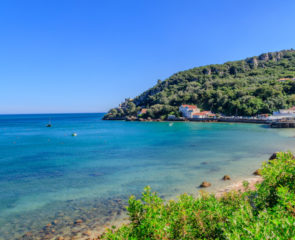

What is Spain Famous For?
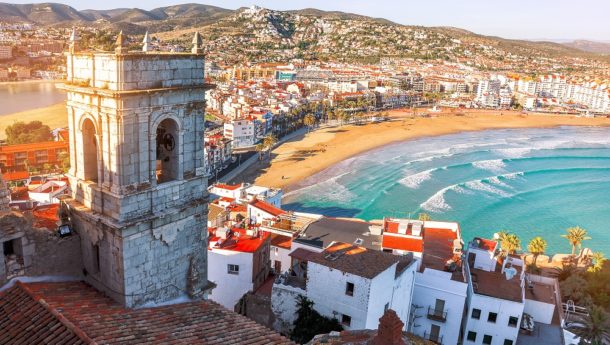
Spain is one of the most popular holiday destinations in the world. Its food, drink, culture and traditions are especially loved by Brits.
So, what is Spain famous for? Here are just 18…
1. Tapas
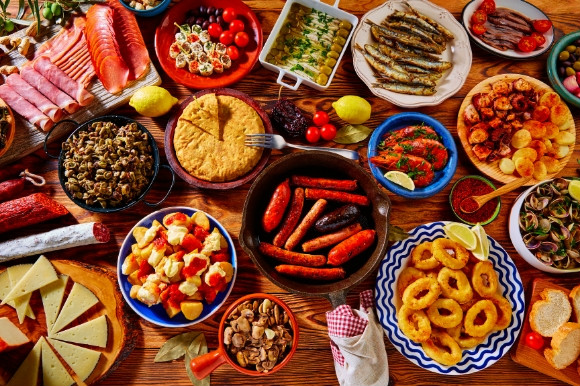
Tapas is defined as, ‘small Spanish savoury dishes, typically served with drinks at a bar.’ It is arguably among the tastiest food in Spain.
Once, just free nibbles served alongside a beverage, today there are restaurants devoted to this cuisine, where you order several different dishes to create a main meal. Perfect for sharing, tapas enables diners to sample a little bit of everything to avoid food envy.
No one is quite sure of its history. However, there are several tales that surround its origins. One is that, in the 13th century, King Alfonso X of Castile only ate small portions of food and drink following an illness. He thought this was a wonderful idea and declared that all drinks should be served with a small snack.
Another is that, much later, in the 19th century – Alfonso XIII ordered wine while in Cadiz. It was so windy that the barman placed a slice of ham on his glass to keep the sand out. He enjoyed it so much he ordered another.
Tapas dishes: Tapas can be virtually anything that is served in small, bite-sized pieces. Menus tend to include –
- Pimientos de padrón: Small peppers fried in oil and salt
- Patatas bravas: Potatoes cut up and fried in oil, served with a spicy tomato sauce or aioli
- Croquetas: Fried breadcrumb balls with a variety of fillings, the most popular are ham and cod
Best place to get tapas in Spain: Seville, Granada and San Sebastián are among the best places to sample these savoury dishes.
This is not to be confused with pintxos which is specific to the Basque region in northern Spain. This type of food is served on a stick.
2. Sangria
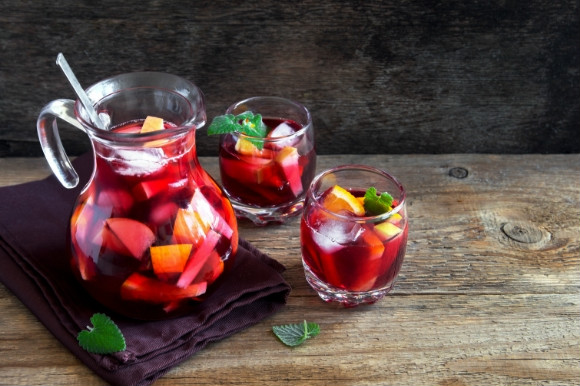
You’ll need a tasty drink to wash down all that delicious food and the most famous drink in Spain is, of course, sangria.
The name means blood in Spanish, a reference to the deep red colour. It dates back to the Romans who mixed their wine, sugar and spices into the water to kill off the bacteria.
The ingredients for this red wine-based beverage can vary slightly depending on where you try it.
Typical ingredients include:
- Dry Spanish red wine such as Rioja
- Brandy or rum
- Brown sugar or cane sugar
- Orange juice
- Diced fruit including apples and oranges
The European Parliament changed the rules in 2014 to protect the geographical origin of flavoured wines. As a result, sangria can only be marketed as such if it has been produced in the Iberian Peninsula.
In southern Spain you’ll find a drink called Zurra. This is very similar to sangria but instead of orange juice it is made with peach or nectarine juice.
3. Wine
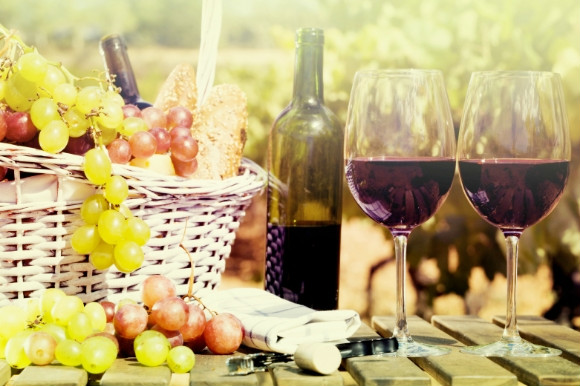
Did you know that there are just under three million acres of vineyard in Spain? While it is the third world producer – after Italy and France – it has more space dedicated to wine cultivation than any other country.
Its history dates back more than 3,000 years but today wine grapes are grown in every region – Castilla-La Mancha is the main one.
Famous regions and their wines:
- Rioja: Tempranillo based wines
- Jerez: Sherry
- Penedes: Cava
Spain produces both red and white wine – with slightly higher quantities of the red.
4. Siesta
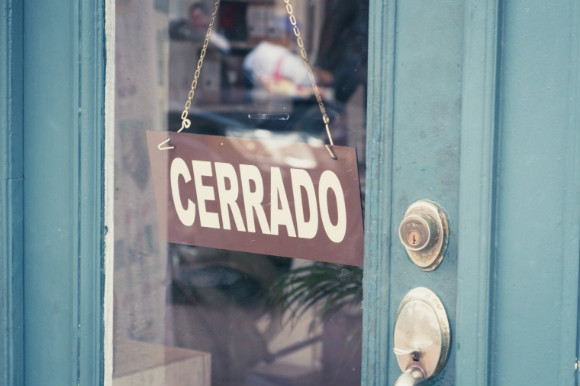
The Spanish siesta is a nap, traditionally taken during the hottest part of the day, for around 20 to 30 minutes. It was originally intended for those who worked outside.
Although it is associated with Spain, it actually originates in Italy. The word comes from the Latin ‘hora sexta’ which means sixth hour. This roughly translates to the middle of the day when counting from sunrise.
The Spanish working day was traditionally split into two, offering the ideal opportunity for this post-lunch nap. The day started at 9am until 2pm followed by a 2-hour lunch break and then starting up again from 4pm until 8pm.
While this tradition is still closely associated with Spain, it actually isn’t as common as it once was. A survey by Simple Lógica found that nearly 60% of Spaniards never have a siesta and 18% will only have a midday nap sometimes.
However, if you visit Ador near Valencia, local laws state that residents are entitled to their afternoon nap and many shops will close between 2pm and 5pm.
5. Fiesta
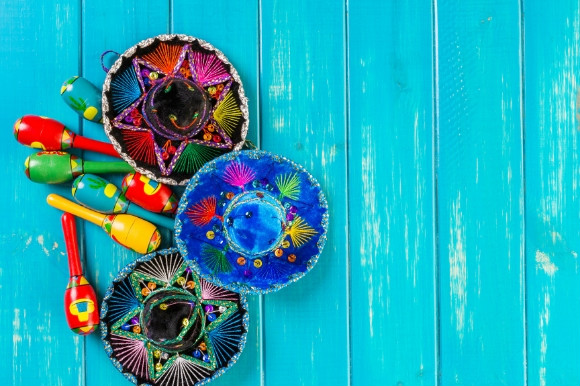
Fiestas are as synonymous with Spain as siestas – although, while the latter has become less popular, you’ll find a festival or celebration taking place in the street nearly every week.
These celebrations are either pagan or religious in their origins.
Pagan: These are related to agriculture or farming and associated with the end of specific labours.
This includes: Bando de la Huerta in Murcia, the Castells in Barcelona and Cataluña area and Tamborrada in San Sebastián.
Did you know? One of the most popular is Tenerife Carnival which is known as ‘The biggest party in the Canary Islands.’ For two weeks in January, colourful and unusual costumes fill the island. This is the second largest carnival in the world after Rio de Janeiro.
Religious: These are associated with the country’s catholic traditions.
This includes: The Easter – Semana Santa – processions.
Sometimes these two types of celebrations are intertwined, such as the Hogueras in Alicante or Fallas in Valencia.
6. La Tomatina
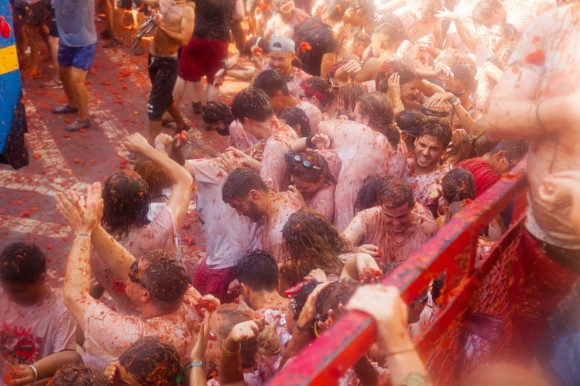
This tomato throwing festival, which is often referred to as ‘the world’s biggest food fight’ takes place in Bunol near Valencia. It is held every year on the last Wednesday in August for one hour.
During the event, nearly one hundred tons of over-ripe tomatoes are thrown in the street. The origins of this event are unclear although there are several theories, one being that unhappy townspeople attacked city councilmen with tomatoes.
This event attracted 50,000 people in 2012 – 41,000 more than the town’s population. So, in the years that have followed, places have been ticketed and limited to just 20,000.
Top Tip: You might want to wear a snorkel mask to avoid getting tomato in your eye.
7. Benicassim

Festival Internacional de Benicassim is the biggest and most famous music festival in Spain. You’ll find it on the east coast between Barcelona and Valencia. More than 100 artists across various genres perform during four days every July.
The 2018 line-up included: Liam Gallagher, The Killers, Bastille, Chase and Status, Jessie Ware and Madness.
Need to know: Tickets include up to nine days of camping, so you can explore the town and coastline as well as experiencing the festival. The campsite is located right next to the festival and just minutes from the sea.
8. Flamenco
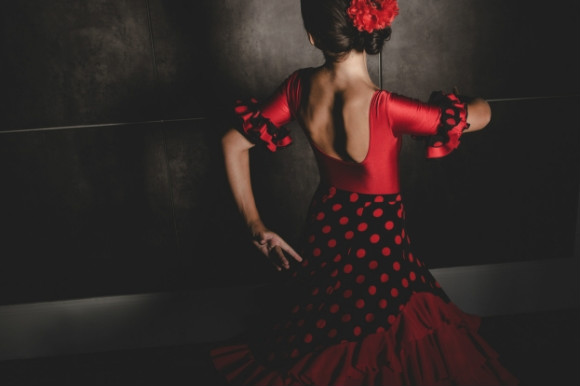
Flamenco has its roots in Andalusia and dates back to the 18th century. It incorporates dance, singing and guitar. It is also influenced by many world cultures including Jewish, Cuban and Latin American.
The performances are intense, expressing deep feeling and emotion. It explores themes from pain and loneliness to love and passion. Women wear red, black or deep blue dresses and men wear black or red tuxedo shirts with dark trousers. Castanets are often used to create a clicking sound.
9. Paella
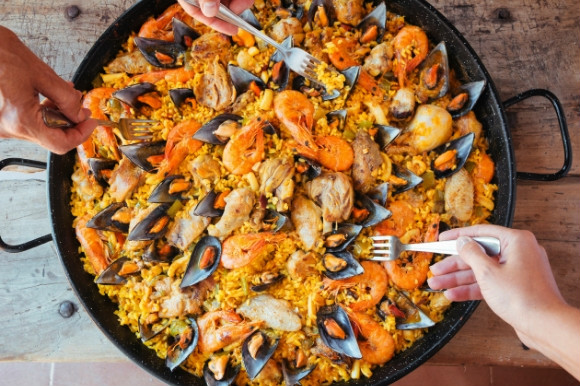
Paella is a rice dish that originated on the east coast in Valencia when open-air meals were cooked around lake Albufera. At this time the main ingredient was water vole.
Over the years different meats have been added before fish-based dishes started to emerge too. Seafood paella is traditionally served with the seafood in its shells and you’ll also find a vegetable option.
The name comes from Catalan word for ‘pan.’ This is because the pan it is prepared in is important – it is large, round with a thin base.
Where to stay in Spain
- Poseidon Resort: When it comes to staying in the heart of Spain, this Benidorm hotel is a winner. Its idyllic location allows you to walk to the city’s major draws and its moments from Levante Beach. Boasting a duo of pools, daily entertainment and selection of buffet eateries – all your essentials are covered.
- Roc Costa Park: Relax by the sea with this beachfront hotel waiting on your every holiday need. Take advantage of the top-of-the-range facilities including a mini golf course, All Inclusive restaurant and daily activities. There’s also a splash park for those travelling with tiny tots and you’re just footsteps from Torremolinos centre.
- Bellevue Club: Head to the island of Majorca for sweeping hillsides and Mediterranean vistas. Waiting you’ll find this stylish accommodation featuring eight swimming pools, sports courts and amphitheatre showcasing stand-out performances.
10. Pablo Picasso
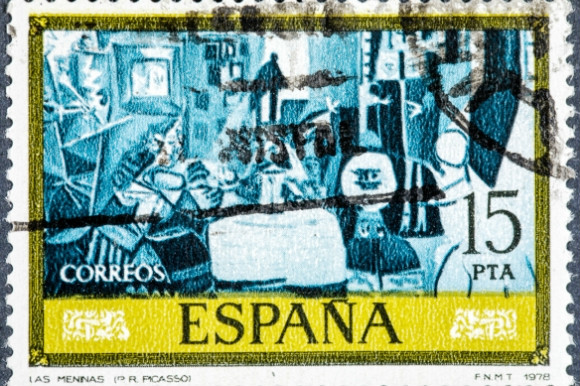
Picasso produced work that was considered radical, making him one of the greatest and most influential artists of the 20th century. He was a painter, sculptor, printmaker, ceramicist and stage designer, as well as co-creator of Cubism. This was an art movement that rejected the single viewpoint with a style that means paintings could be viewed from multiple angles at the same time.
Born in Málaga, Picasso spent many of his teenage years living in both Madrid and Barcelona. His most famous painting is ‘Guernica’ which was created following the bombing of this town in northern Spain.
11. Jamón Ibérico
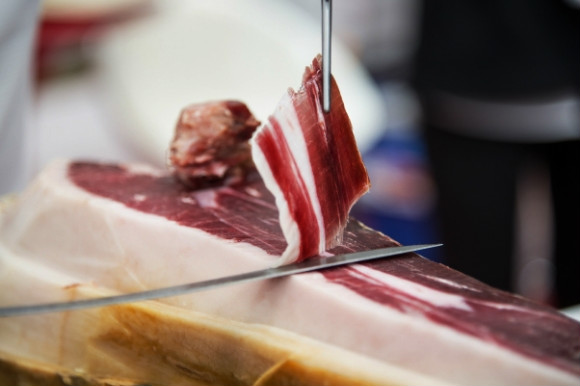
Spain produces around 40 million hams a year, the most famous of which is the Jamón Ibérico. You’ll see this long, thin leg of ham hanging from ceilings in the west of Spain including Andalucia, Extremadura, Salamanca and into Portugal.
It comes from the black Iberian pig which is known as ‘pata negra’ due to its black hooves. The hoof actually remains on it throughout the curing process – which takes between two and four years. The result is a rich and unique flavour.
12. Salvador Dalí
![]()
The world’s most prolific surrealist artist, Salvador Dalí from Figueres, is famed for portraying his dreams and hallucinations in images. He is best known for his painting of a melting clock – The Persistence of Memory.
Dalí: “The fact that I myself, at the moment of painting, do not understand my own pictures, does not mean that these pictures have no meaning; on the contrary, their meaning is so profound, complex, coherent, and involuntary that it escapes the most simple analysis of logical intuition.”
You can visit the Dalí museum in Figueres which is described as ‘the largest surrealistic object in the world.’ Dali is actually buried here in an unmarked crypt. The museum receives more than 6000 visitors a day making it the most popular in the country.
13. Blue Flag Beaches
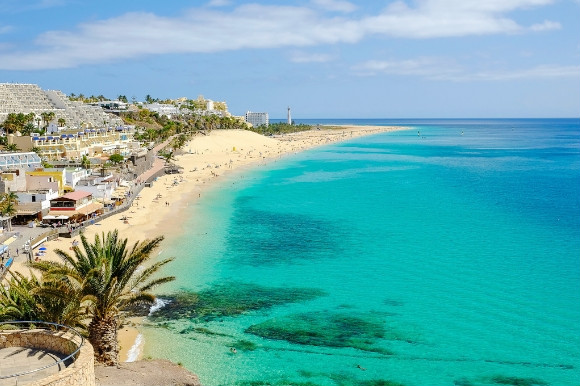
Spain is home to some of the best beaches in Europe. The country, which boasts more than 5,000 miles of coastline, benefits from its location on the Atlantic and Mediterranean. Not to mention both the Canary and Balearic islands which means it can offer a brilliant variety.
So, why are they so special? Spain has more Blue Flag beaches than any other country – 577 have been awarded this status with 131 in Galicia alone.
14. Antoni Gaudí
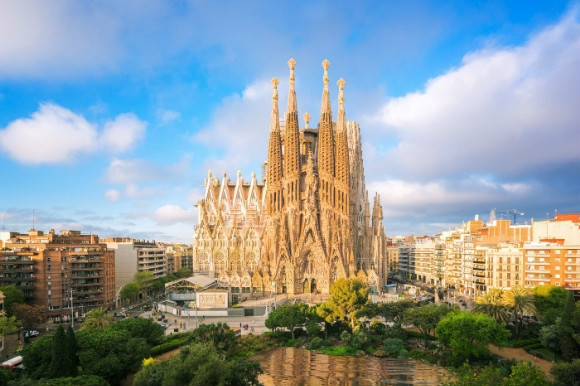
Gaudi, nicknamed ‘God’s Architect’ due to the religious elements of his work, is the most famous architect in Spain.
He was born in Reus, Catalonia but spent many years living in Barcelona. This is why most of his buildings can be found here including the Sagrada Família Cathedral where he is buried.
Seven of his masterpieces are UNESCO World Heritage Sites due to his creative contribution to the development of architecture in the late 19th and early 20th centuries. This includes: Parque Güell, Palacio Güell, Casa Mila, Casa Vicens, his work on the Nativity façade and Crypt of La Sagrada Familia, Casa Batlló and the Crpyt in Colonia Güell.
15. Football

Spain is one of the most successful national teams, having won both a World Cup and three European Championships. The country has produced world-class teams including Real Madrid and Barcelona. The top division is known as La Liga – where you’ll find the very best footballers showing off their skills.
Spanish footballers include:
- Fernando Torres
- Sergio Ramos
- Cesc Fabregas
- David Silva
- David de Gea
- Marcos Alonso
These aren’t the only successful sportsmen to come out of Spain. Rafael Nadal is the world number one men’s single player – recently winning both the 2017 US Open and 2018 French Open.
16. Bullfighting
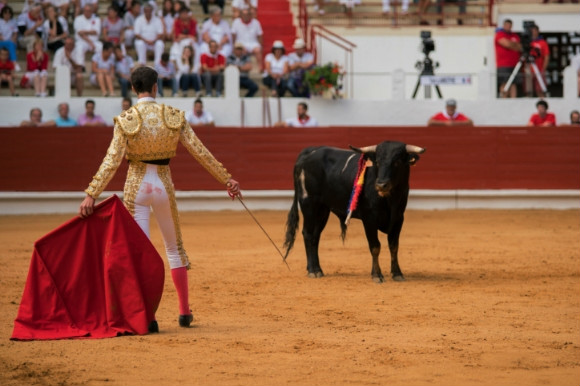
Bullfighting is a tradition in Spain that dates back to the Roman times. It is believed to have begun in 711 AD when the first bullfight was held during the coronation of King Alfonso VIII.
The bullfighting season runs from April to September with an event almost every week, usually on a Sunday. The oldest bullring is situated in Ronda although cities such as Madrid, Seville and Pamplona have some of the largest in the world and a rich legacy. A bullfight begins with the matador taunting the bull with his cape and moving aside at the last moment.
Did you know? Ernest Hemingway’s novel, ‘A Sun also Rises,’ introduced this sport to the world in 1926. Throughout it, he uses bullfighting as a metaphor for war and masculinity.
There are also a number of festivals that run for a week or two and have bullfights every day. The most famous is the San Fermin festival which takes place in Pamplona in July. This is where people run in front of these creatures during Running of the Bulls.
Need to know: Taking part in the Running of the Bulls is not advised. This is a dangerous activity and often results in injuries.
The number of fights has decreased significantly as more people call out the animal cruelty. Catalonia actually voted to ban it all together in 2015.
17. Ibiza

There are many beautiful islands just off the mainland but the one Spain is most famous for is Ibiza.The White Isle is known for its party atmosphere but there are two sides to this island and they are worlds apart.
There are two main clubbing resorts in the south:
San Antonio: Located on the west coast, here you’ll find Ocean Beach, Ibiza Rocks and Eden.
Playa d’en Bossa: Situated on the east coast, close to Ibiza town, this area is home to the superclubs including Ushuaïa and Hï.
However, head up to the north and you’ll discover a focus on a more bohemian lifestyle. Rather than going to bed as the sun rises, you’ll be getting up to start your day with yoga and meditation.
18. Alhambra
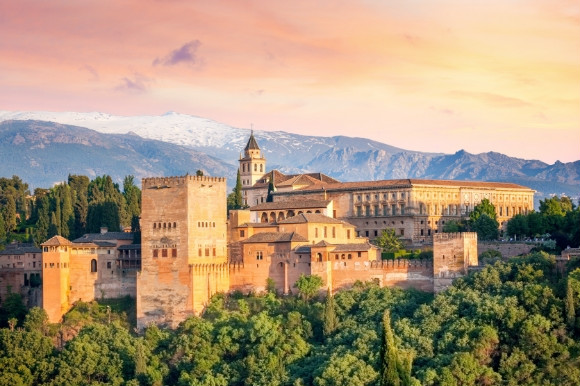
This fortress in Granada, Andalusia, was built during the Moorish empire in 889 AD. Its original design was quite small, however, in 1333 AD it was extended and became a royal palace. The name signifies the red colour of the outer walls, in Arabic.
Today, it is a UNESCO World Heritage Site and among the country’s most popular tourist attractions.
You’ll find it high in the hills and, as well as admiring the impressive architecture, you can enjoy the wonderful views across Granada.
Top Tip: Visit first thing in the morning to avoid both the crowds and wandering around during the hottest part of the day.
Now, you know what Spain is famous for, why not experience it for yourself?


